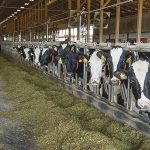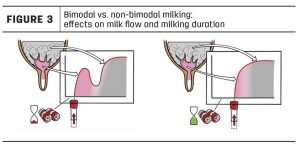
But it is a mixed picture, and the ability to withstand the cost pressures depends on the milk price.
“The US market has experienced heavier milk supplies that continue to weigh on milk prices, and the EU milk prices are barely keeping up with the rising input costs,” says Ben Laine, analyst, dairy at Rabobank.
Feed costs
Feed costs are generally higher without much hope on the horizon for a turnaround, said the analysts.
“Drought-stricken corn crop conditions in the US are bleak and keeping prices elevated. Brazil’s safrinha crop failure will provide no relief to global markets. US soybean yields are also expected to disappoint,” noted the team.

Regional differences in pandemic response
The timing of COVID-19 variant outbreaks and vaccine availability differs by region, and future flare-ups remain a risk, warn the analysts. While consumers and supply chains have adapted well to varying degrees of lockdown in the US and the EU, port disruptions, and school and workplace closures remain a wild card in global dairy markets.
Logistics disruptions are leading to higher costs, says Rabobank, but are not impacting the fundamental underlying supply and demand.
Transportation costs have skyrocketed while container availability woes continue to cause headaches for exporters, said the analysts. In addition, aggressive zero-tolerance lockdown policies for COVID-19 cases in China have, and could continue, to lead to sporadic shutdowns of ports, making matters worse.
“However, despite logistics problems, dairy commodities have continued to move through global markets,” stressed Laine.
Supply is outpacing demand in China
Slowdown in import demand from China could weigh on global dairy commodity prices, cautioned the team.
Supply is outpacing demand in China, as domestic production growth combines with growing inventories. These factors point to the potential for a period of destocking later this year and into 2022, said Rabobank.
The near-term peak in global dairy commodity prices is likely in the rear-view mirror. “Prices cooled in the second quarter and will be heavily dependent on import demand for the rest of this year with all eyes on China as a source of risk to the downside.”

























